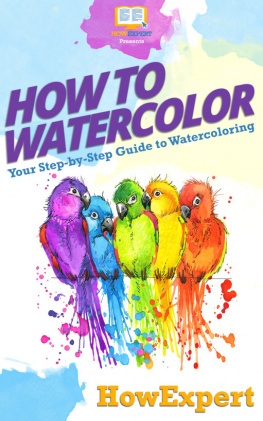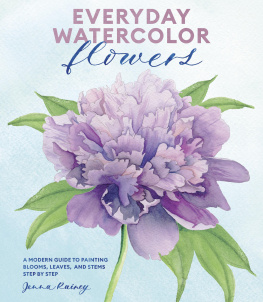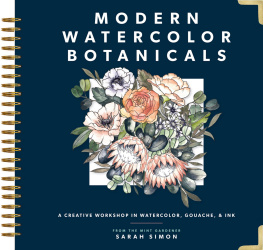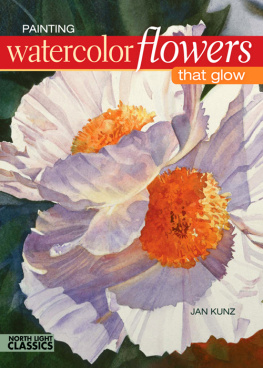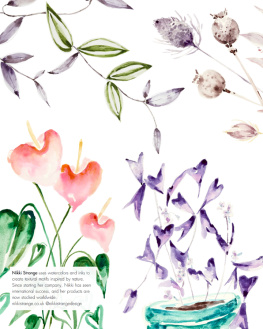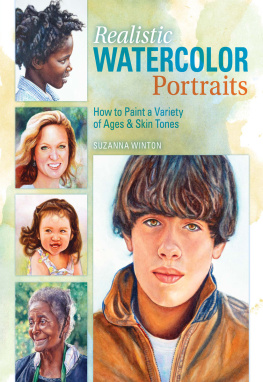Harriet de Winton - Painting Watercolor Botanicals
Here you can read online Harriet de Winton - Painting Watercolor Botanicals full text of the book (entire story) in english for free. Download pdf and epub, get meaning, cover and reviews about this ebook. year: 2020, publisher: Penguin Publishing Group, genre: Home and family. Description of the work, (preface) as well as reviews are available. Best literature library LitArk.com created for fans of good reading and offers a wide selection of genres:
Romance novel
Science fiction
Adventure
Detective
Science
History
Home and family
Prose
Art
Politics
Computer
Non-fiction
Religion
Business
Children
Humor
Choose a favorite category and find really read worthwhile books. Enjoy immersion in the world of imagination, feel the emotions of the characters or learn something new for yourself, make an fascinating discovery.
- Book:Painting Watercolor Botanicals
- Author:
- Publisher:Penguin Publishing Group
- Genre:
- Year:2020
- Rating:4 / 5
- Favourites:Add to favourites
- Your mark:
- 80
- 1
- 2
- 3
- 4
- 5
Painting Watercolor Botanicals: summary, description and annotation
We offer to read an annotation, description, summary or preface (depends on what the author of the book "Painting Watercolor Botanicals" wrote himself). If you haven't found the necessary information about the book — write in the comments, we will try to find it.
Painting Watercolor Botanicals — read online for free the complete book (whole text) full work
Below is the text of the book, divided by pages. System saving the place of the last page read, allows you to conveniently read the book "Painting Watercolor Botanicals" online for free, without having to search again every time where you left off. Put a bookmark, and you can go to the page where you finished reading at any time.
Font size:
Interval:
Bookmark:
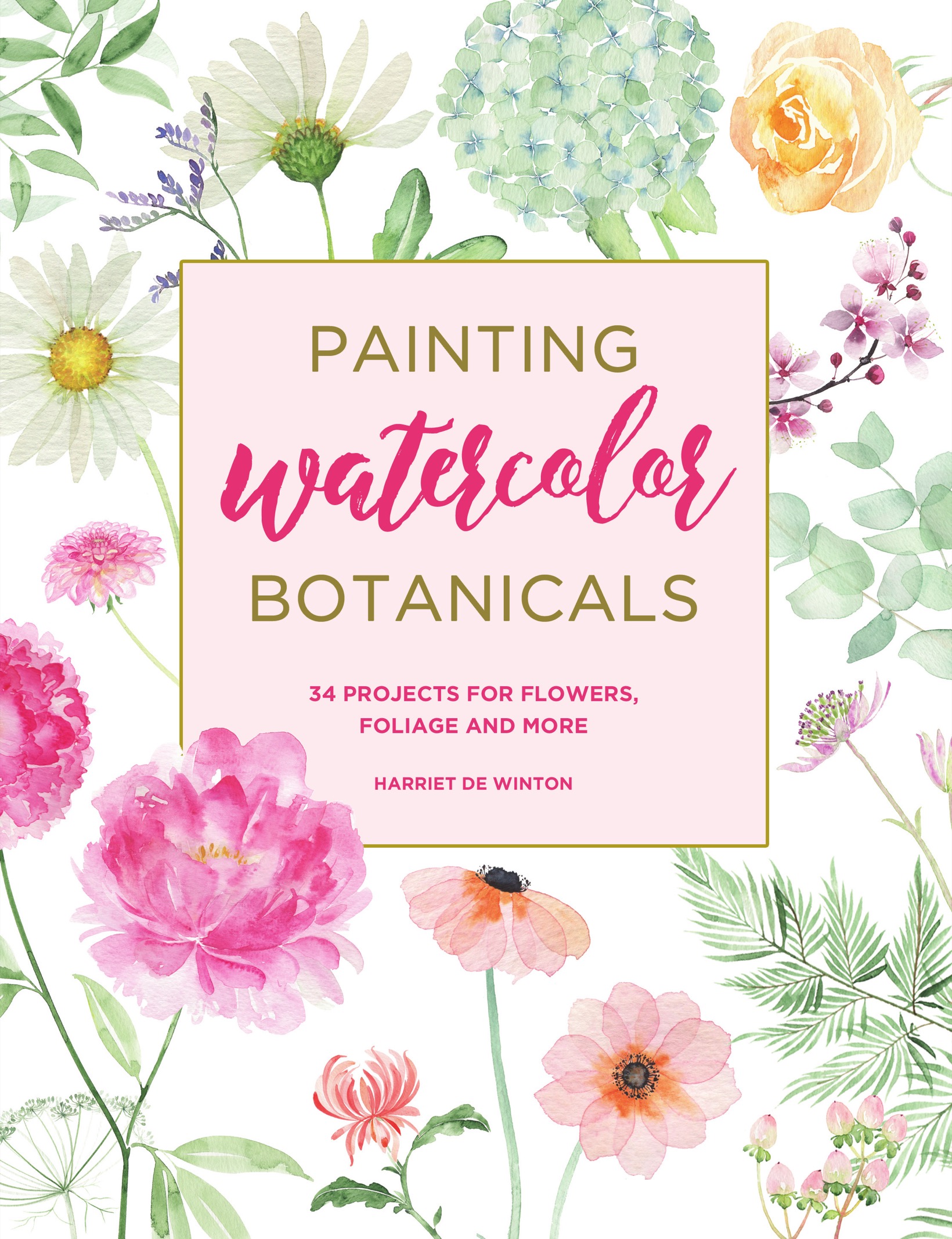


First published in Great Britain
in 2019 by Ilex, a division of
Octopus Publishing Group Ltd
Carmelite House
50 Victoria Embankment
London EC4Y 0DZ
www.octopusbooks.co.uk
Copyright Octopus Publishing Group Ltd 2019
Text and illustrations copyright Harriet de Winton 2019
Published in North America by North Light Books, an imprint of Penguin Random House LLC
penguinrandomhouse.com
Publisher: Alison Starling
Managing Editor: Rachel Silverlight
Junior Editor: Stephanie Hetherington
Art Director: Ben Gardiner
Production Controller: Emily Noto
All rights reserved. No part of this work may be reproduced or utilised in any form or by any means, electronic or mechanical, including photocopying, recording or by any information storage and retrieval system, without the prior written permission of the publisher.
ISBN 9781440300912
Ebook ISBN 9780593190814
pid_prh_5.5.0_c0_r0
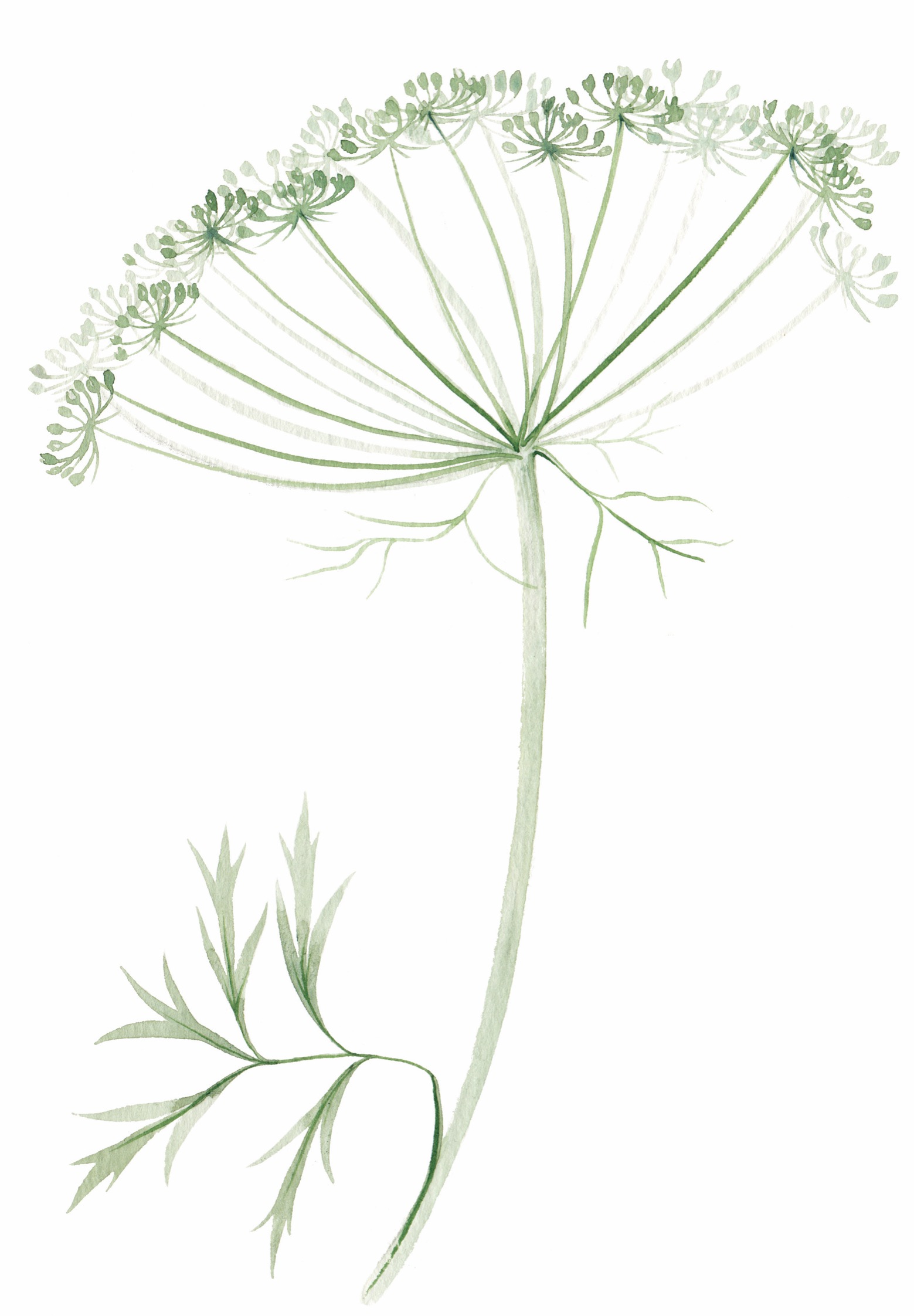
Painting Watercolor Botanicals comes from my desire to break the rules a little bit. Im naturally messy, have always coloured outside of the lines and Ive never met a wobbly stem or wonky flower that I didnt love. No two plants are identical, so the same should be said for your paintings.
This style of painting combines the detail found in original botanical studies and the energy of loose watercolour painting. It appears effortless, but requires a relaxed confidence both in the painting process and in yourself. We are going to start right at the beginning, building that confidence with the basics of watercolour before moving on to flower and foliage studies.
Each project is broken down into steps with clear guidance on which mixes and brushes to use. Youll also find a simplified, scaled down version of each plant, perfect for wreaths and miniatures featured later on in the book. The last chapter is a chance for you to get creative: colour palettes and flowers combined in wreaths, patterns and borders, not to mention the adorable mini house-plant section.
Flower painting is a bit like being a florist: youre building an arrangement from scratch. Ive broken up the plant studies into two groups flowers and foliage so that when we come to assemble our arrangements in the last section of the book, you will be able to visualise the stems laid out on your florists workbench.
Whether youve never picked up a brush before or youre a dab hand, I hope that painting your way through this book will allow you to let loose and relax into this new botanical style.

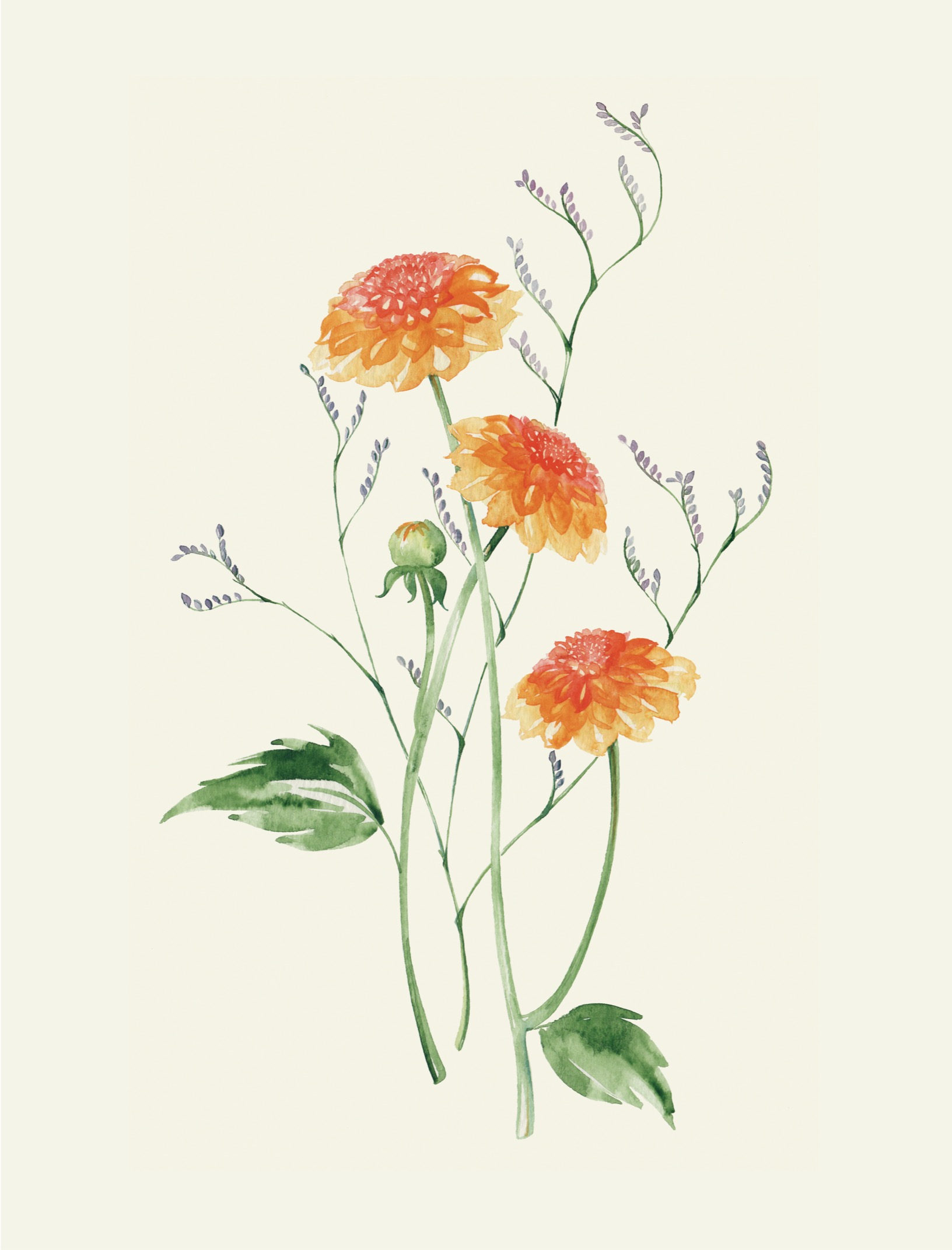
They grow in our gardens, decorate our houses and, in the case of many of us, they dominate our Instagram feeds. Flowers bring joy where there is sadness, whether in an abundant floral arch or a few stems in a cone of paper. They also smell nice.
My life and work revolves around them. Im an artist and stationer who paints almost exclusively in watercolour, and I am commissioned to paint flowers more than any other subject matter.
The only thing I love more than a single flower is a whole bunch, complete with wild, overflowing greenery. Foliage is a thing of beauty all on its own in fact, my husband and I even decorated our wedding venue exclusively with house plants and greenery.
I am a self-taught watercolourist with a patchy memory for flower names it is safe to say Im no traditionalist! My short time working in a florist introduced me to the seasonal swell of new blooms and colour palettes. I would take this inspiration home with me every night to work on my watercolour commissions.
Being trusted to build a bouquet from the assorted buckets of blooms (and the pressure of assembling it under the customers watchful gaze) provided me with both the inspiration and confidence to put together painted floral arrangements.
Narrowing down the list of plants to paint was a difficult task. I have chosen a variety of plants that bloom through the seasons, and that I delight in when they are in a vase on my desk. They also allow me to showcase numerous watercolour techniques and colour combinations.
Flowers and watercolours are the perfect partners; like getting lost in the spiralling petals of a rose, the more you explore watercolour, the more you will discover its subtle surprises. I am still making discoveries after all these years, but the freshness of colour racing across a wet page, triggered by a single dab of the brush, gets me every time.
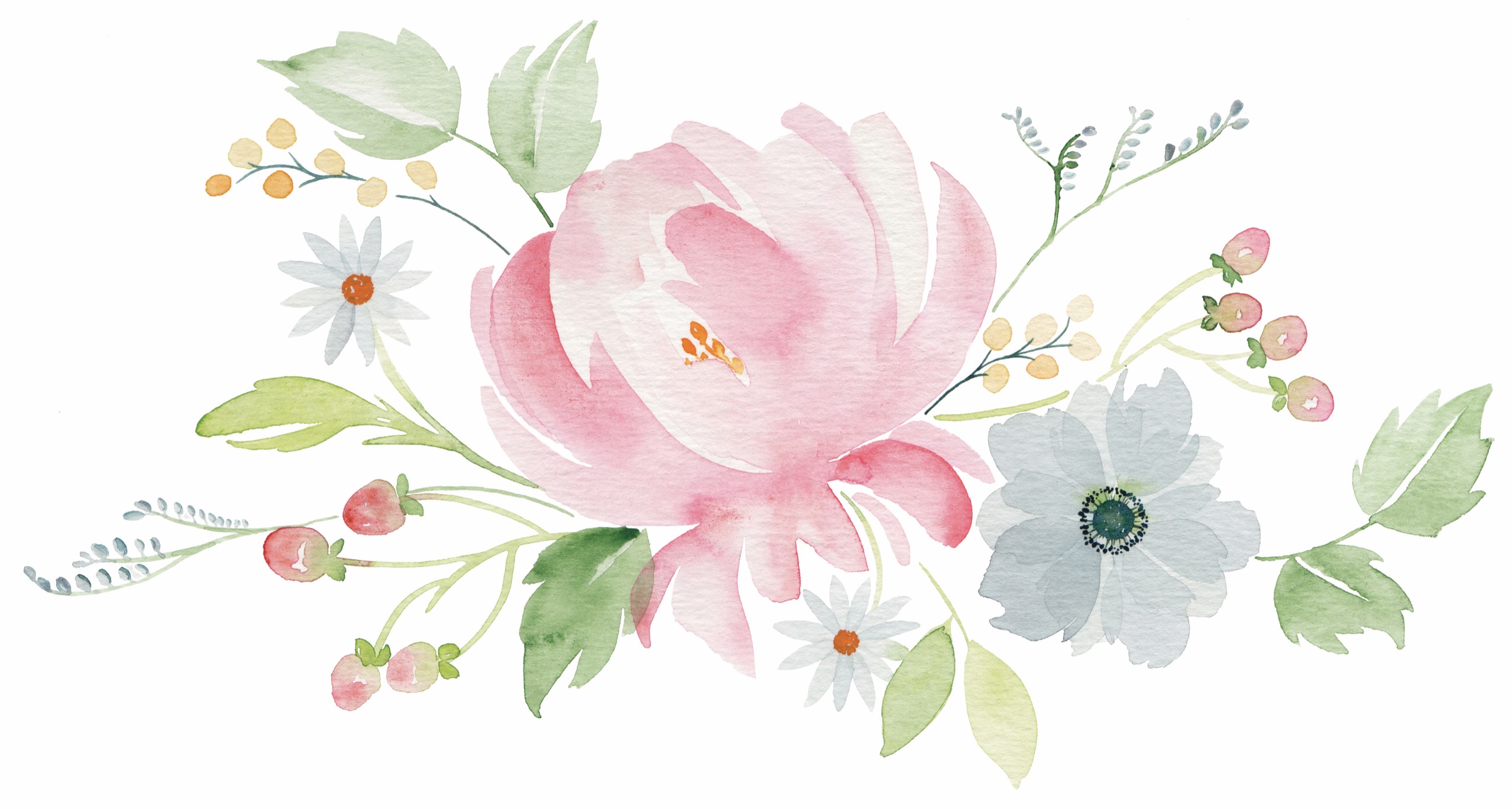
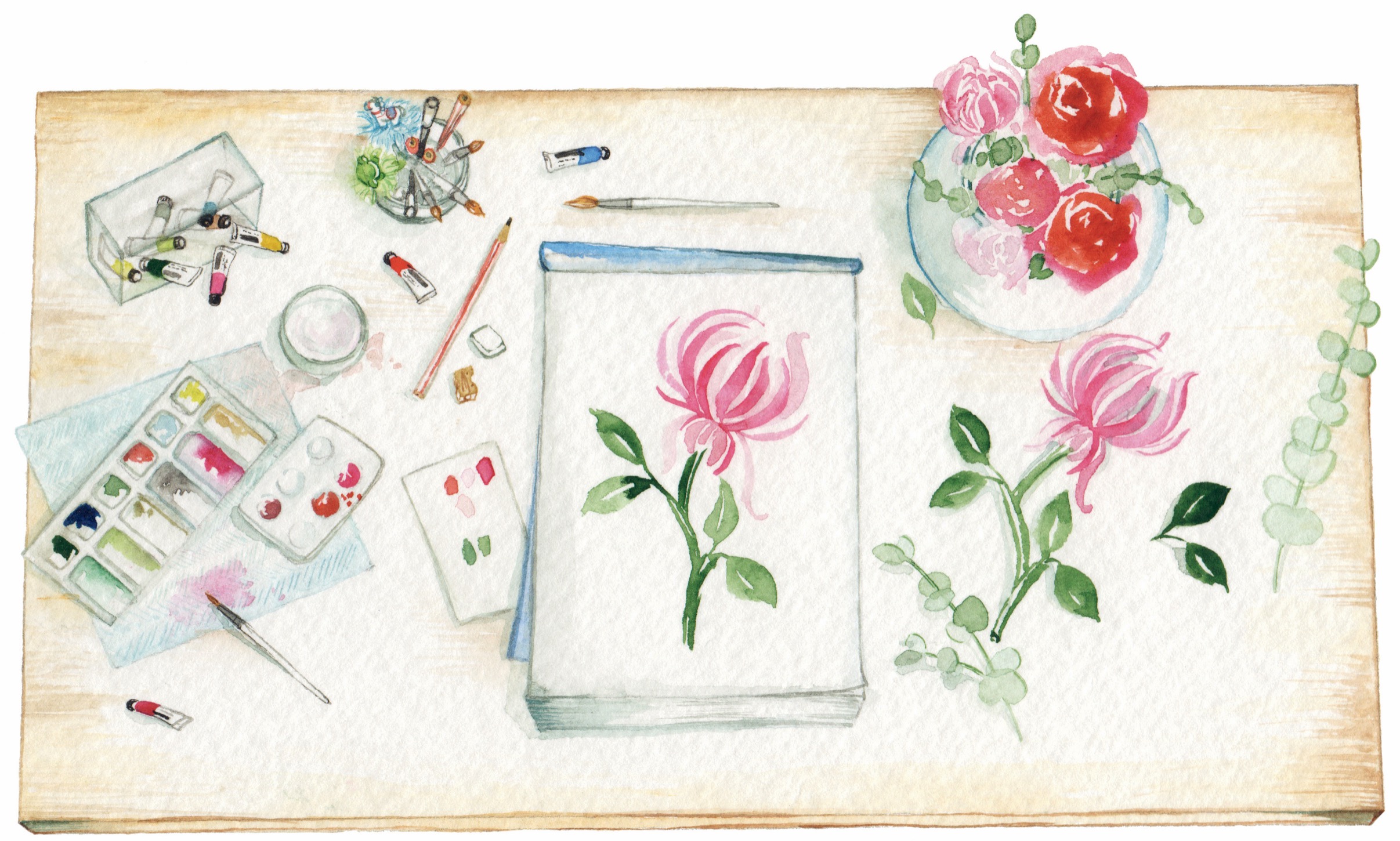
The initial attraction to taking up watercolour painting was the relatively small and affordable kit list: paint, paper, brushes and water. A good pencil and eraser are also very helpful.
I use both high-end and mid-range products on a daily basis. I always tell my students to buy the best materials they can afford, and to treat them with great care.
Every project in this book uses pointed-round brushes of varying sizes ( , 0, 1, 2, 4, 6 and 8). This type of brush is brilliantly versatile: the bristles form a fine tip but are also thick enough to create a broad line. I love being able to paint a full piece with just one brush; Im a fairly quick and instinctive painter, so I appreciate not having to change brushes every few minutes.
You will find a wide range of brush types on the market and it is worth experimenting with them to find what works for you. I recommend rigger brushes (long bristles, good for fine lines) and filbert brushes, which allow you to cover large areas quickly perfect for putting down large washes before they dry up.
The best watercolour brushes are made of sable (animal hair) bristles but I have been very happy working with a range of synthetic-bristled brushes called the Pro Arte Masterstroke range. You know a brush needs replacing when it struggles to make a fine point.
Your brushes will last longer if you clean them thoroughly after use and never leave them bristles-down in a jar of water. The paint will flake off the handle of a brush left in water, making it uncomfortable to hold, not to mention the poor bristles will get bent out of shape.
I use both tubes and pans of watercolour; both have their advantages. Pans (dry, concentrated blocks of watercolour) are great to transport (they usually have a built-in palette in the lid) and last a lifetime. If you stick a paint-covered brush into the wrong pan, however, they can be a bit frustrating and messy. Tubes (fluid watercolour) are how I first started and I still have many from my original set, so they can also last a long time. You just need to remember that you only need to squeeze out the tiniest bit. I like to compare watercolour to food colouring: it is so concentrated, you only need a small amount to create a vibrant colour and the water is the vehicle in which it travels.
Font size:
Interval:
Bookmark:
Similar books «Painting Watercolor Botanicals»
Look at similar books to Painting Watercolor Botanicals. We have selected literature similar in name and meaning in the hope of providing readers with more options to find new, interesting, not yet read works.
Discussion, reviews of the book Painting Watercolor Botanicals and just readers' own opinions. Leave your comments, write what you think about the work, its meaning or the main characters. Specify what exactly you liked and what you didn't like, and why you think so.



